Whether you have a backyard, share a common outdoor area in an apartment or condo, or get your nature fix in local parks, you can certainly forage your next meal with a little bit of know how. Edible weeds in Florida are abundant and prolific!
Many parts of many plants are edible, providing uncommon food sources all around us. Food shortages? Not here! I look out my windows and I see abundance. Make sure you do your research, or try an edible plants walk so you can learn to distinguish the edible from the not.
Most common edible weeds
Here are the most common edible weeds I see in my Central Florida neighborhood:
Spanish Needle – Bidens alba

- Better cooked or in tea – saponins can irritate belly
- Effective against many resistant bacterial strains
- Good for treating a lingering cold/cough
Purslane – Portulaca oleracea
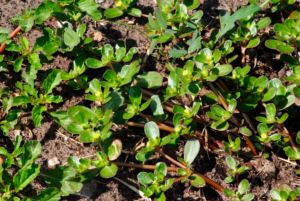
They say a glass of wine a night is ‘healthy’ because it contains resveratrol. Purslane has a million times more resveratrol… so skip the glass and go harvest your weeds instead!
Prickly Pear cactus – Opuntia spp.
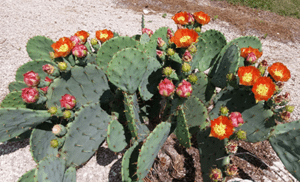
A word of caution – don’t eat raw. Harvest with care. Here are some suggestions for prep and cooking.
Tropical Chickweed – Drymaria cordata

Medicinal properties too, as listed here
Oxalis spp

Oxalis gets its name for its oxalic acid – that which gives it the lemony flavor. Yummy but not particularly high in nutritional value. Some species have edible tubers too.
Other edible Florida weeds
You may find these growing in your garden or your neighbor’s. It’s not a terrible idea to toss them in tonight’s lasagna!
Smilax spp
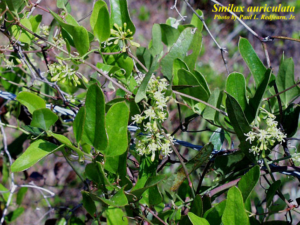
- Root is alterative (good for lymphatic etc.) — to use, slice real thin & dry
- Like a wild asparagus
- Young tips – yummy – see sample recipe here
Gotu Kola – Centella asiatica

- Leaves are used medicinally for cognitive function, memory, and the nervous system
- Good for stress & thinking clearly
Bacopa – Bacopa monnieri
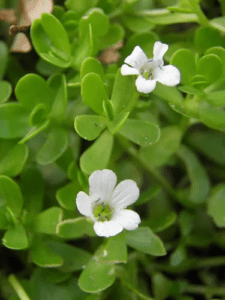
This pond plant is great for brain function!
Watermint – Mentha aquatica

A perennial flowering plant in the mint family. Believe it or not, it tastes minty!
Dollarweed – Hydrocotyle spp.
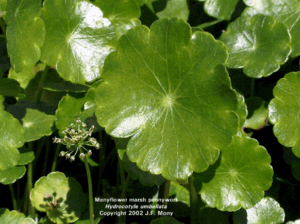
Commonly pops up in moist lawns and gardens and thrives by ponds.
Muscadine grapes & leaves – Vitis rotundifolia
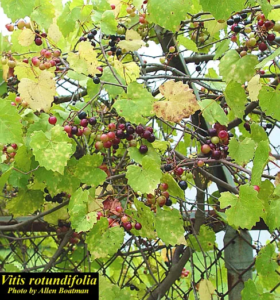
They’re tough-skinned and not the most tasty… but they’re free and abundant!
Beautyberry – Callicarpa americana
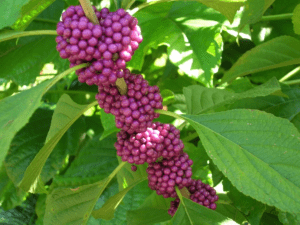
- Contains antioxidants
- Make jams or color & flavor beverages for fun
- Natural bug spray – soak berries in witch hazel or rub leaves on skin
Spiderwort – Tradescantia ohiensis
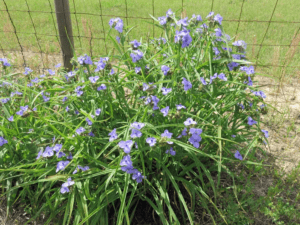
- Flowers & leaves good raw while stalks are good sautéed
- Mucilaginous goo – good for burns, irritation
- Great for attracting bees
Maypop – Passiflora incarnata

Passionflower vine with a tropical appearance and aggressive growth rate. The fruit and its skin are edible, raw or cooked.
‘Managing’ your weeds
Hopefully this gives a frustrated gardener a sense of hope and inspiration. Instead of ‘weeding’ you’re instead ‘harvesting’ if you so choose.